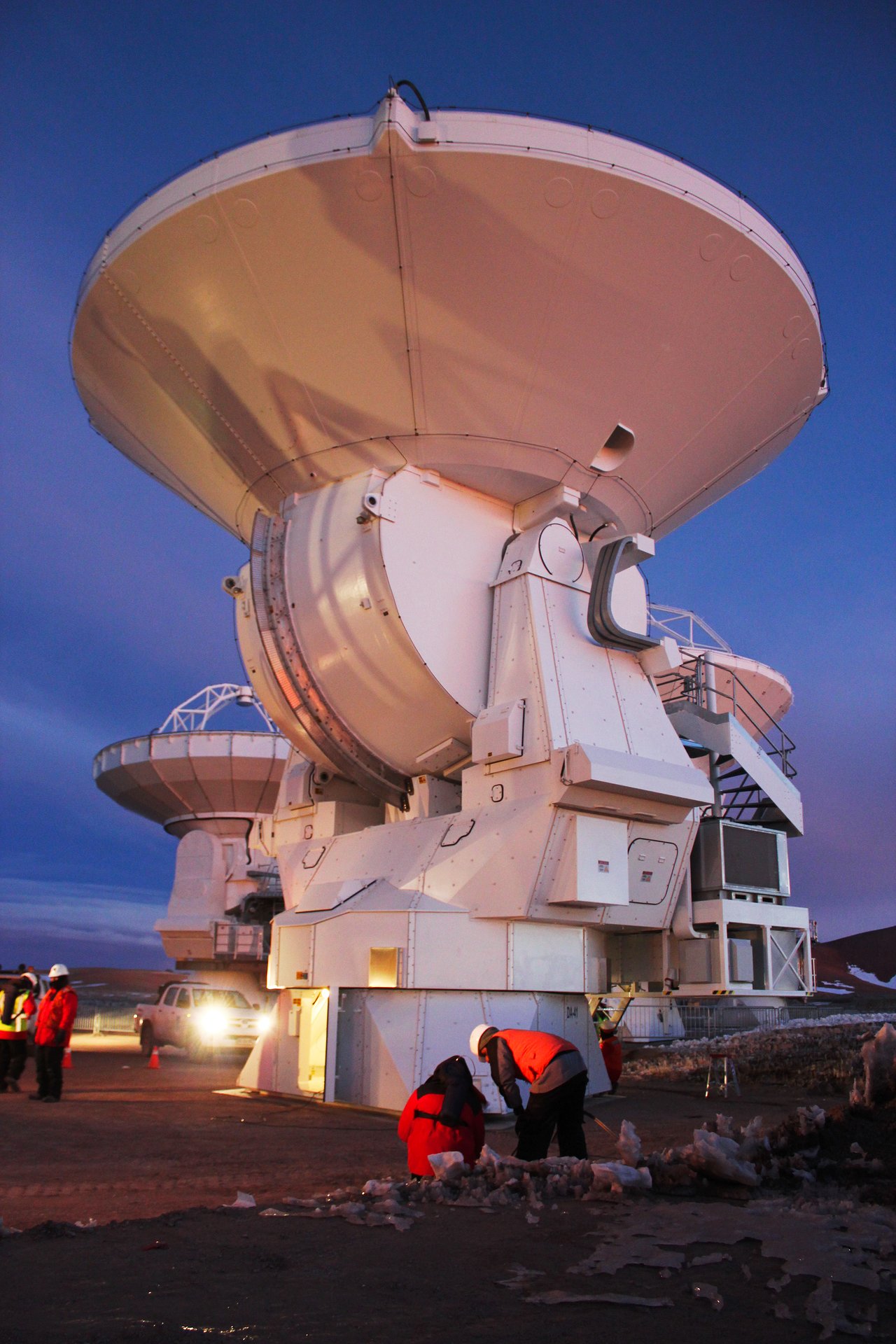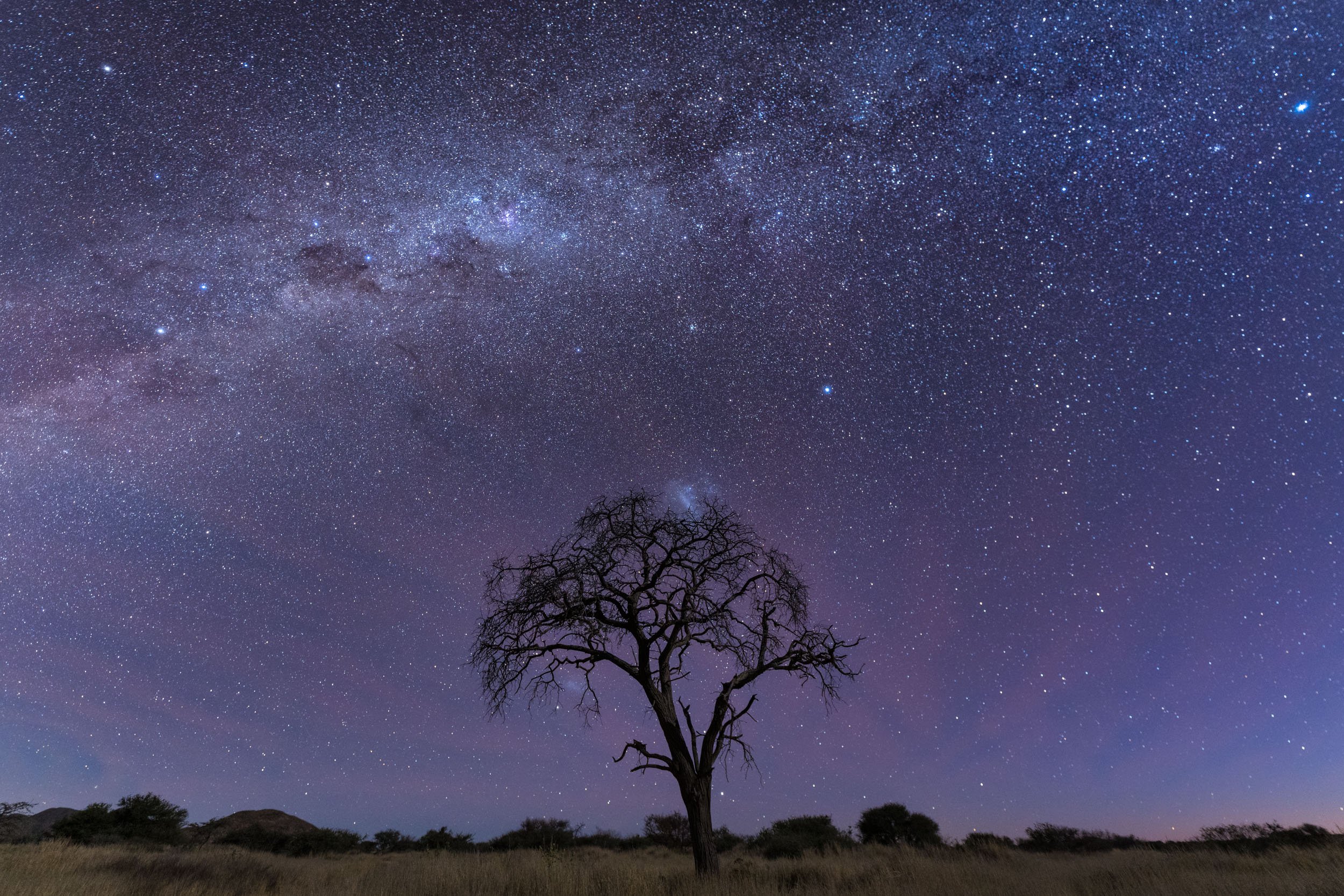Today's news
Astronomers discover largest molecule yet in a planet-forming disc
Date: March 8. 2022
Source: ESO
Using the Atacama Large Millimeter/submillimeter Array (ALMA) in Chile, researchers have for the first time detected dimethyl ether in a planet-forming disc. With nine atoms, this is the largest molecule identified in such a disc to date. It is also a precursor of larger organic molecules that can lead to the emergence of life
"From these results, we can learn more about the origin of life on our planet and therefore get a better idea of the potential for life in other planetary systems. It is very exciting to see how these findings fit into the bigger picture," says Nashanty Brunken, a Master's student at Leiden Observatory, part of Leiden University, and lead author of the study published today in Astronomy & Astrophysics.
Dimethyl ether is an organic molecule commonly seen in star-forming clouds, but had never before been found in a planet-forming disc. The researchers also made a tentative detection of methyl formate, a complex molecule similar to dimethyl ether that is also a building block for even larger organic molecules.
"It is really exciting to finally detect these larger molecules in discs. For a while we thought it might not be possible to observe them," says co-author Alice Booth, also a researcher at Leiden Observatory.

1
MEASURES
If the Sun were as tall as a typical front door, Earth would be the size of a nickel.
2
THE THIRD WORLD
Earth orbits our Sun, a star. Earth is the third planet from the Sun at a distance of about 93 million miles (150 million km).
3
TIME
A day on Earth is 24 hours. Earth makes a complete orbit around the sun (a year in Earth time) in about 365 days.
4
A ROCKY WORLD
Earth is a rocky planet with a solid and dynamic surface of mountains, canyons, plains and more. Most of our planet is covered in water.
Colocar aquí el contenido5
WE CAN BREATHE!
Earth's atmosphere is 78 percent nitrogen, 21 percent oxygen and 1 percent other ingredients—the perfect balance to breathe and live.


